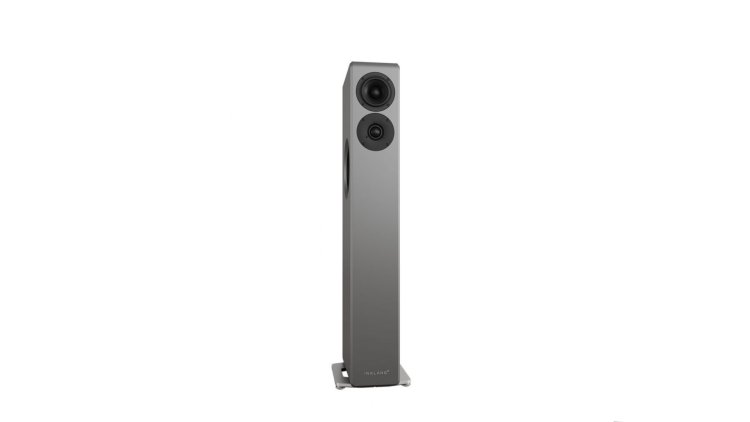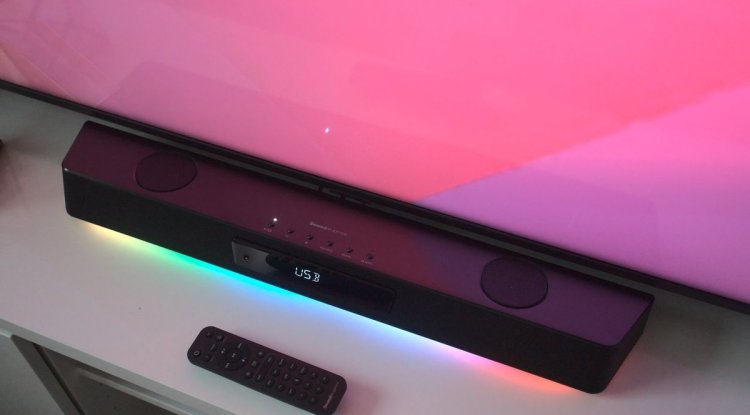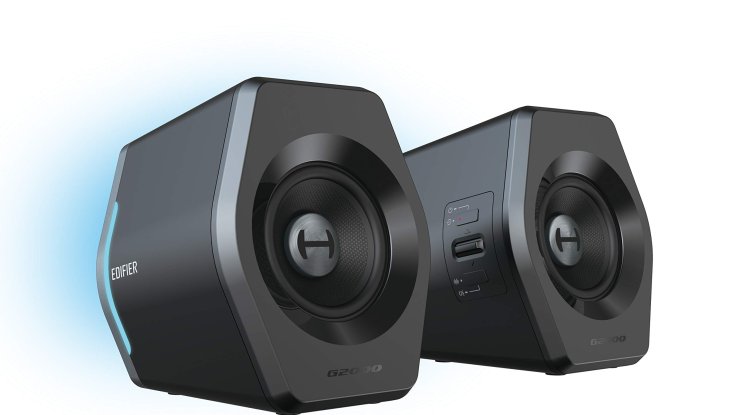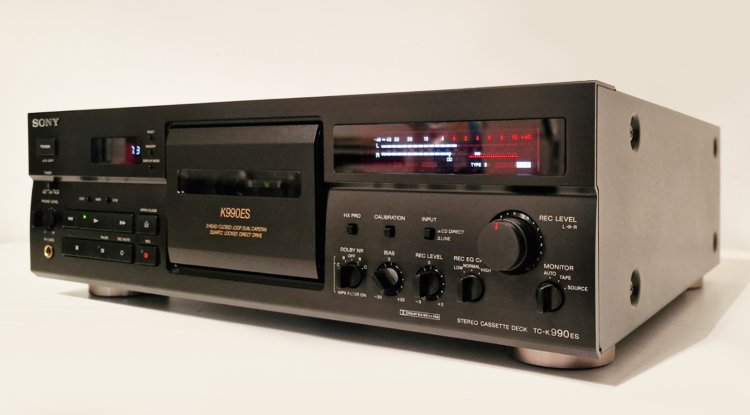The floor speaker Inklang Ayers Three: perfect harmony
The Hamburg-based company also continues to surprise acoustically with unusual ideas that invariably result in outstanding sound. This is also true with the slim Inklang Ayers Three floor-standing speaker, which should be the ideal answer for many music enthusiasts.

Of course, the "Three" differs from its Ayers siblings only little in appearance: the widely rounded edges at the top and bottom meet the sharp bevel on the side walls. The design is smart because it adds a visual light to larger speakers. This is not necessary with the Ayers Three because the proportions are nearly ideal.
This is owing primarily to the slim design. This is conceivable because Inklang employs a bass-midrange driver that is only 12 centimeters in diameter on the baffle, with the substantially larger woofer (diameter: 18 centimeters) sitting on the significantly broader interior.
Many people are certainly familiar with the notion from Canton's M-class Karat speakers, which hit the market 20 years ago and set a precedent in some ways. The difficulty with the side driver woofer was not trivial even with these Karat speakers: if you let the bass run too high (it becomes essential at 150 Hertz) and therefore relieve the midrange driver, the woofer becomes locatable for the ear. Then strange things happen with the spatial representation of such loudspeakers...
The Inklang designers circumvent this issue by employing a modest mid-bass driver from 100 Hertz. So we're talking about a subwoofer/satellite combination contained in a gorgeous floor-standing speaker for the purpose of simplicity.
The benefit is that because the tiny driver operates at 100 Hertz, it forms a very compact, highly broadband unit with the tweeter. This is the ideal condition for homogenous reproduction. Disadvantage: Because the little mid-bass driver already operates at 100 Hertz, it must also do a lot of bass work and is hence not very resilient.
However, while the deep coupling of the midrange driver is still rather frequent, tweeter coupling should be almost record-breakingly low: the development team led by Inklang CEO Thomas Carstensen allows the tweeter dome in at 750 Hertz.
The 7-inch sits rather high, eliminating the bass-enhancing impact of the floor, which other loudspeakers (with low-seated woofers) neatly boost efficiency with. However, this comes at the sacrifice of final perfection. The Ayers Three is different in that it should not be set too far back from the rear wall. Then there's the proximity to a bass-boosting interface.
The boss of Inklang revealed that the original Ayers Three featured substantially more low bass levels. The bass still runs up to nearly 20 Hertz in the latest edition, but the creators let the bass curve softly dip below 60 Hertz.
In a typical living room, this gentle bass drop provides significant benefits, exactly because the Ayers Three can be placed relatively close to the back wall without the bass thickening. In our situation, the distance between the box's back wall and the wall behind it was around 25 centimeters. That was ideal.
As previously stated, the Ayers Three lacks level stability due to the unusually deep separation of the midrange and tweeters. The rating of 97 dB continuous level (refers to a speaker at a distance of 1 meter) is not very high for a speaker of this size, especially given that it has a nice 18-centimeter bass.
Of course, dynamic signals such as music can be much louder. However, when purchasing this thin box, keep in mind that it is more of a great loudspeaker for low and medium settings. This also implies that the listening distance should be kept to a minimum: Despite its powerful bass, the Ayers Three should be regarded as a little speaker: It is not recommended to listen from more than 2.5 - 3 meters away.
Post by Bryan C.





































